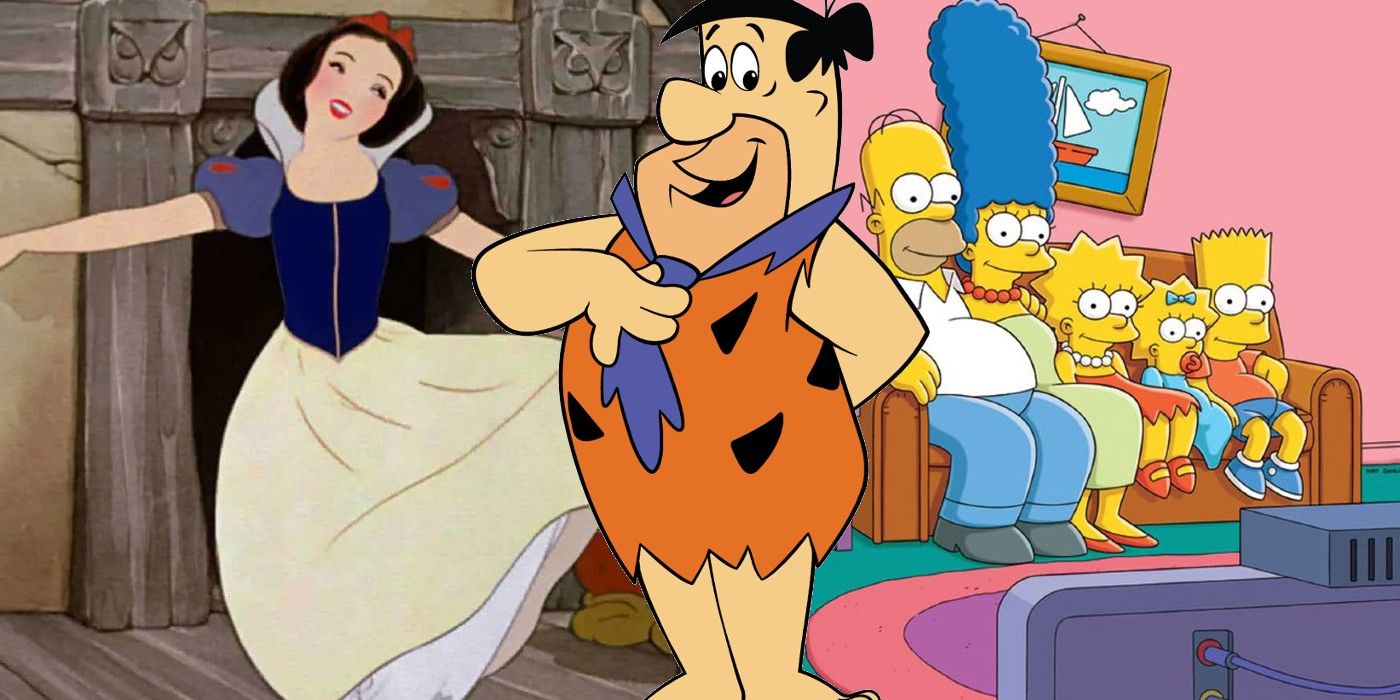
Now, more than ever, animation has become a mediumof storytelling that everyone enjoys. From children's shows like Super Monsters to the more adult-oriented material like Rick and Morty, animation is no longer seen as something that's just for kids to mindlessly watch on Saturday mornings with a bowl of sugary cereal.
But, to really appreciate the animated shows and movies of today, it is important to recognize and celebrate what came before; the work that brought animation to new levels and kept growing the medium in never-before-seen ways. These are cartoons that, had they never existed, today's animation may very well not exist. These are the works that forever changed the world of entertainment, giving birth to new and exciting ways to tell amazing stories.
10 Popeye The Sailor Meets Sinbad Upped The Game
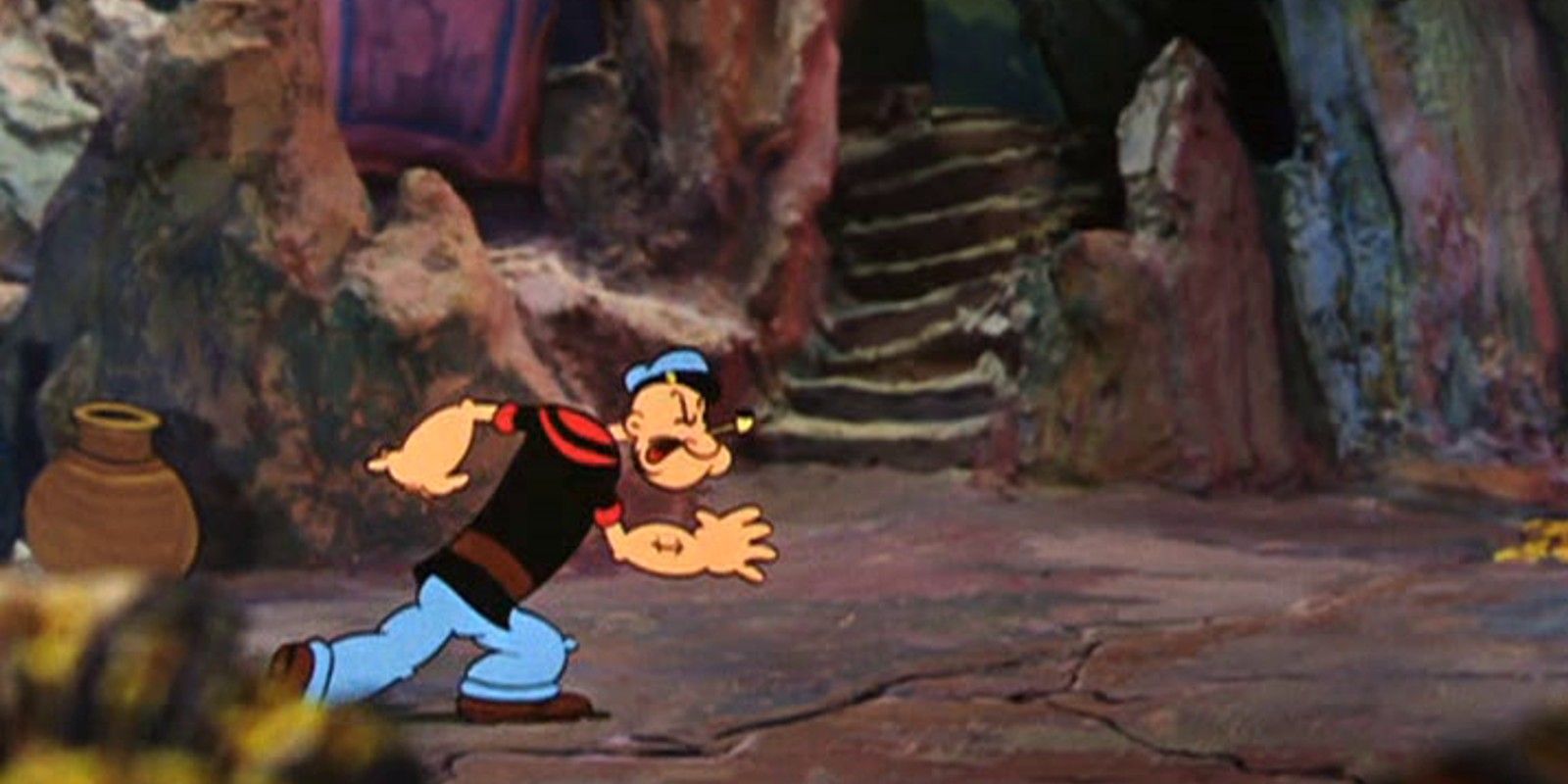
From Betty Boop to Superman, Fleischer Studios was responsible for some of the most impressive animated shorts to come from the early days of the medium, but none of their work is as amazing as Popeye the Sailor Meets Sinbad. This two-reel color feature - the first Popeye cartoon to be in color - was released in 1936 and showed off a new and amazing level of visual depth for a cartoon, thanks to the "Tabletop" process Fleischer Studios created. This method, which combined animation with hand-made models that were put on a rotating table, gave a sense of depth never before seen in animation.
9 Steamboat Willie Gave The World Disney
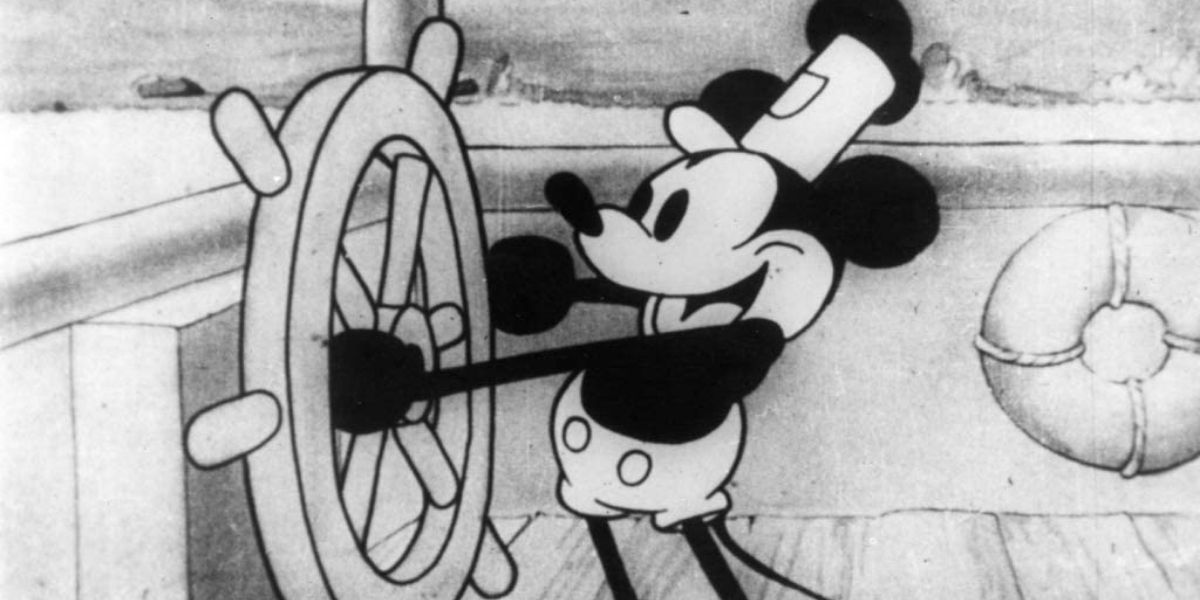
The debut of Mickey Mouse and Minnie Mouse, 1928's Steamboat Willie wasn't the first Disney cartoon, but it is the one that launched the studio into stardom. One of the first cartoons with synchronized sound, Steamboat Willie was initially shown in front of a now largely forgotten film called Gang War, but it was clear from the start that the animated short was what was bringing people to the theater.
Without the success of Steamboat Willie, chances are that the Walt Disney Studios would never have taken off, which seems like an impossible thing to imagine today.
8 Gertie The Dinosaur Brought Animation To Life
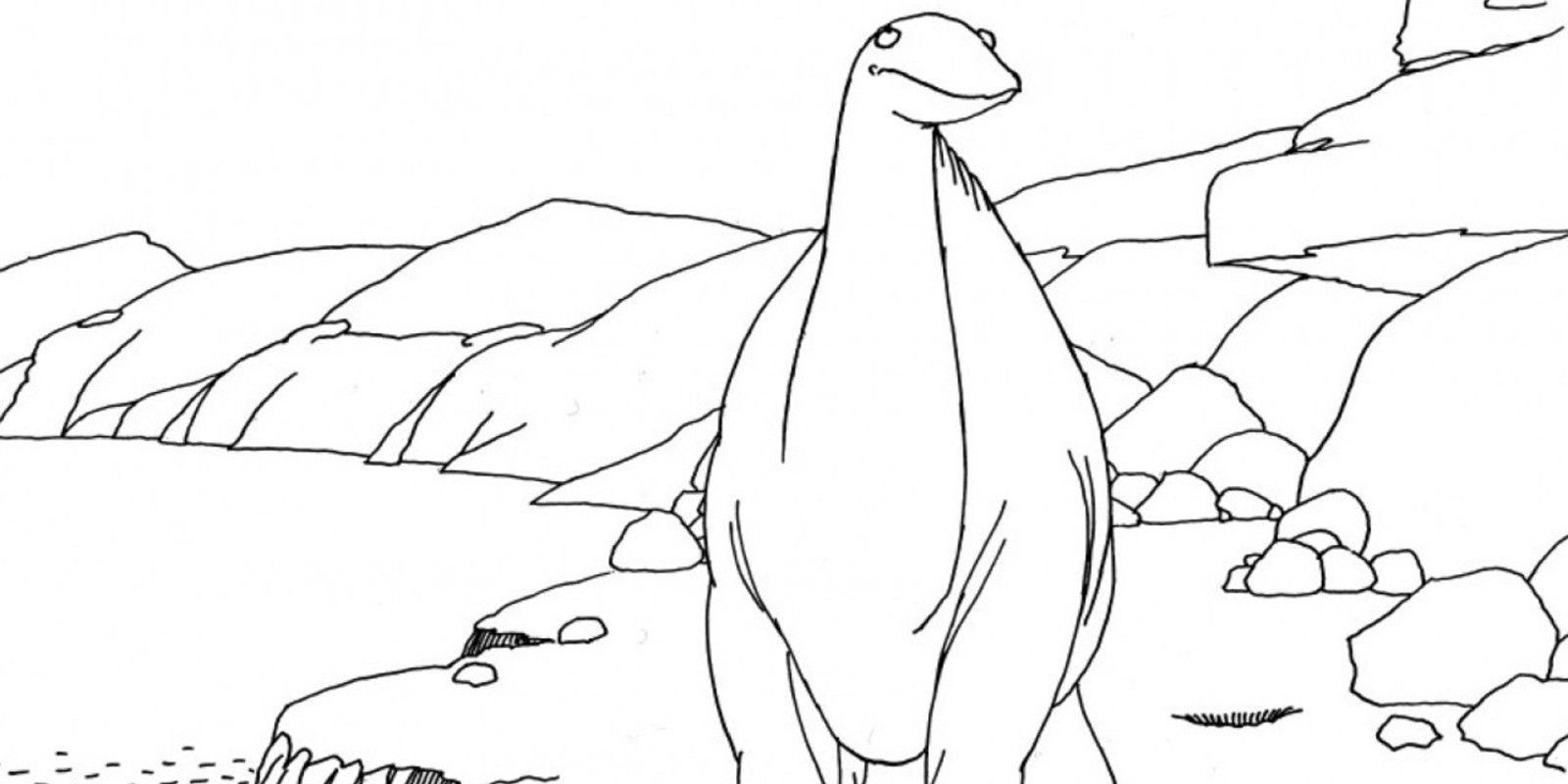
In 1914, Winsor McCay, best known for creating Little Nemo in Slumberland, introduced theatergoers to Gertie the Dinosaur, a short film that mixed animation with live-action. But what really changed the game was what McCay created to pull off Gertie the Dinosaur.
In creating the short, McCay became the first animator to use tracing paper in order to directly copy the previous frame. And in doing this, McCay also created the concept of keyframes - drawings that show where the animation must begin and end to create a smooth transition. Perhaps most importantly for animation, McCay also came up with the concept of animation loops for this short, creating a process where animation cycles, like the galloping of a horse, could be reused in order to save time and money.
7 The Flintstones Brought Animation To Prime Time
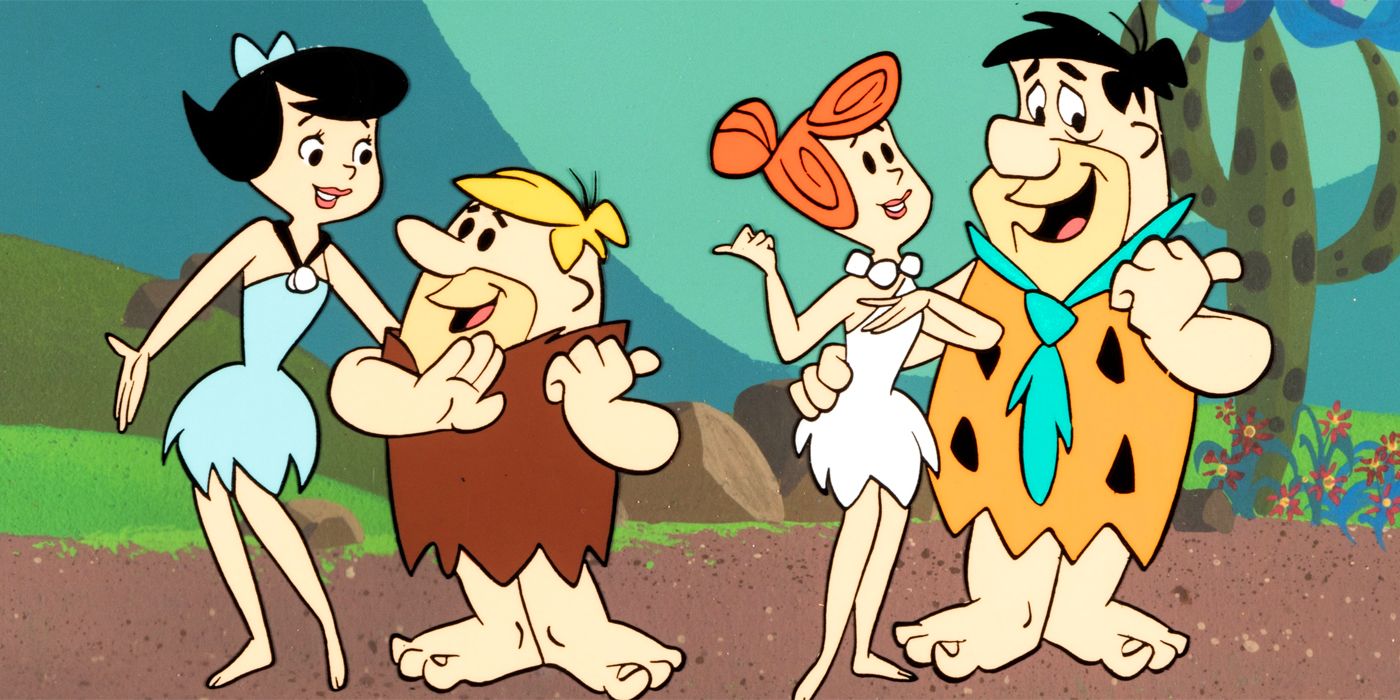
These days, The Flintstones is considered a children's animated series, but when Hanna-Barbera Productions first created the series in 1960, it was intended for a more mature audience. Based heavily on The Honeymooners, The Flintstones was the first animated series to air in prime time.
The Flintstones was not only aimed at an adult audience, it even sold adult products. The cigarette company Winston sponsored the first two seasons of The Flintstones, and commercials were created that featured Fred Flintstone and his best friend Barney Rubble endorsing the brand. The idea of cartoon characters being used to sell cigarettes, let alone cigarette commercials being shown on TV, seems wildly improper today.
6 The Simpsons Has Done It All
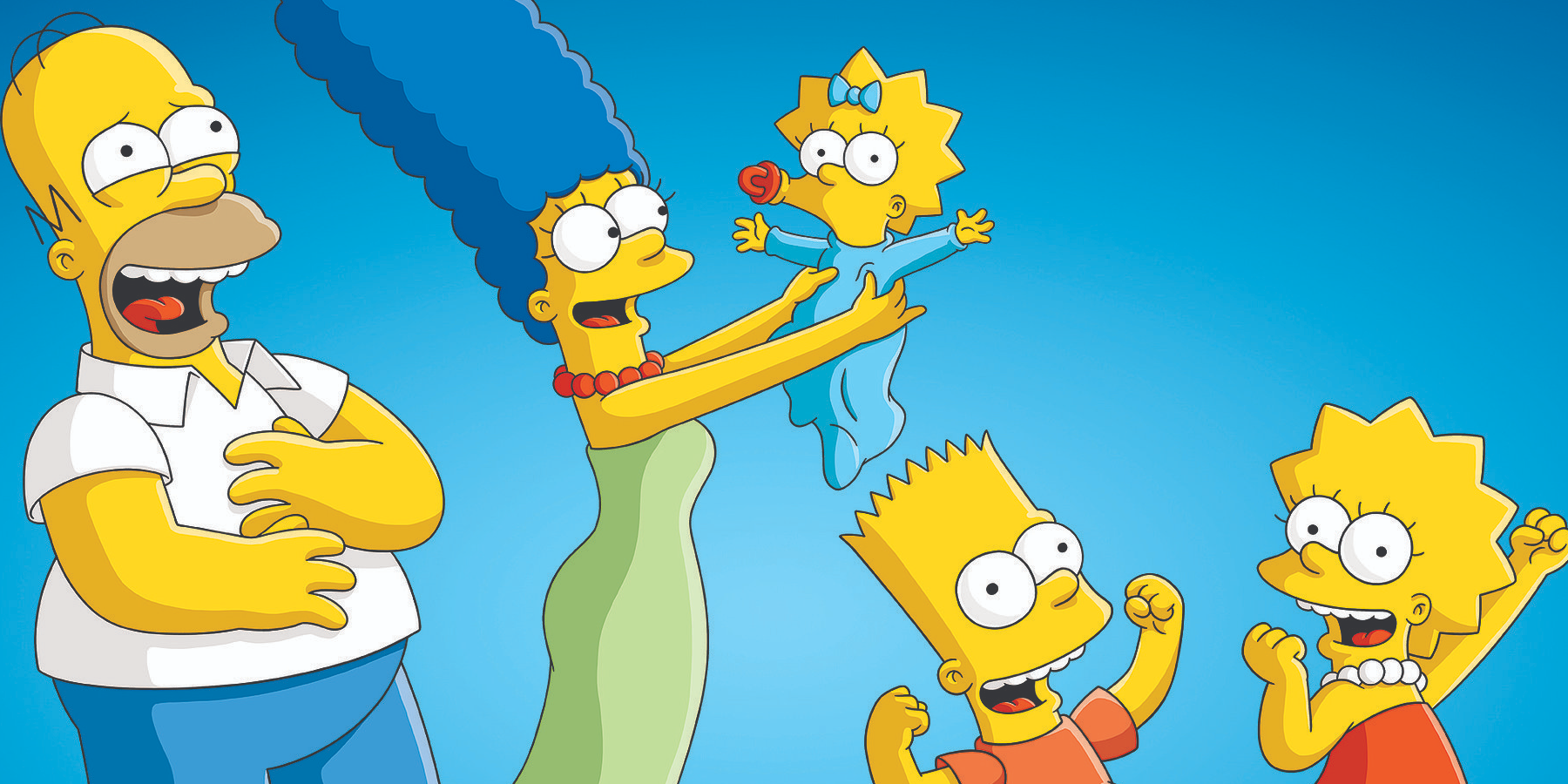
Without The Flintstones, there would likely be no Simpsons. But without The Simpsons, it's hard to imagine the current age of adult animation existing. For over thirty years, The Simpsons has led the charge for more mature animation, and without it, there would likely be no South Park, Family Guy, Bob's Burgers, or just about any show that airs on Adult Swim.
The Simpsons isn't just one of the most successful and longest-running TV shows of all time, it opened the door for animated shows to leave Saturday mornings behind and become something more.
5 Akira Showed The World That Cartoons Weren't Just For Kids
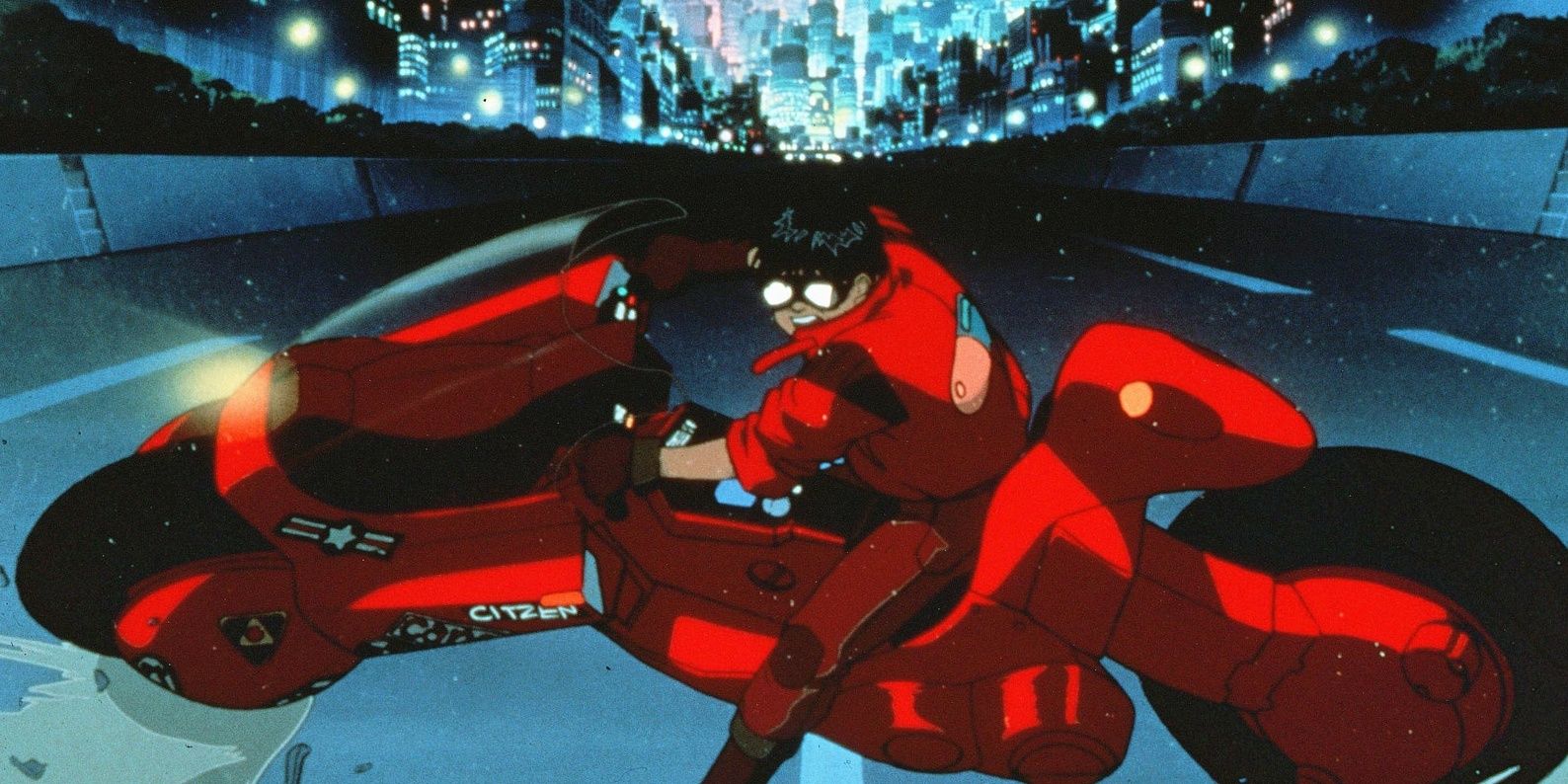
While Katsuhiro Otomo's 1988 animated classic Akira, based on the manga series by Katsuhiro Otomo, wasn't the first animated movie intended for adults, it was the one that really changed things. Along with being the first anime movie to become a serious breakout hit in the United States, it opened the door for more adult-oriented animated work and brought about the rise of anime in Western culture.
To this day, Akira stands out as one of the most impressive-looking and influential animated features. The film's influence can be seen not only in other anime but in American animation and live-action films to this day, most notably in the Matrix series and even in Star Wars: The Clone Wars.
4 Toy Story Gave Animation A Whole New Dimension
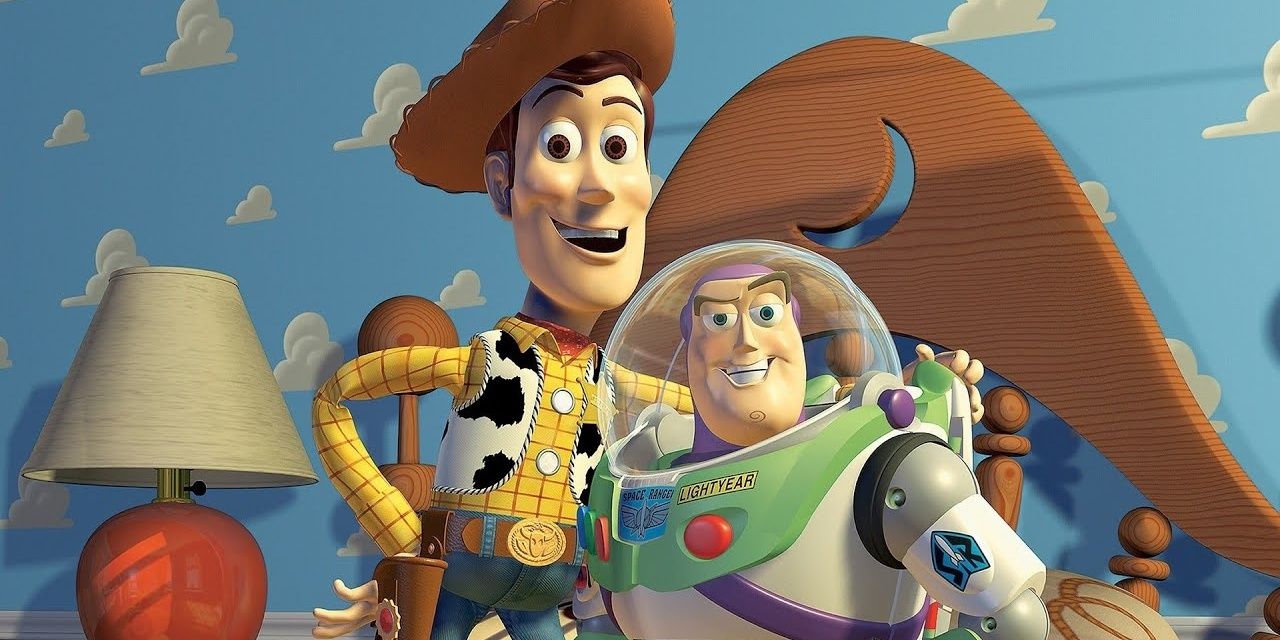
While computer animation has become the norm today, in 1995, the idea of a film completely created on a computer seemed like a risky move. But when Toy Story hit theaters that Thanksgiving, everything changed. Not only was Pixar's first animated feature praised for its look and use of a new animation technique, but audiences and critics alike were also taken in by the wonderful story and amazingly lovable characters. Overnight, Pixar went from a virtually unknown studio to one of the biggest names in film, and the animation game was forever changed.
3 Snow White and the Seven Dwarfs Brought Animation To The Big Screen Like Never Before
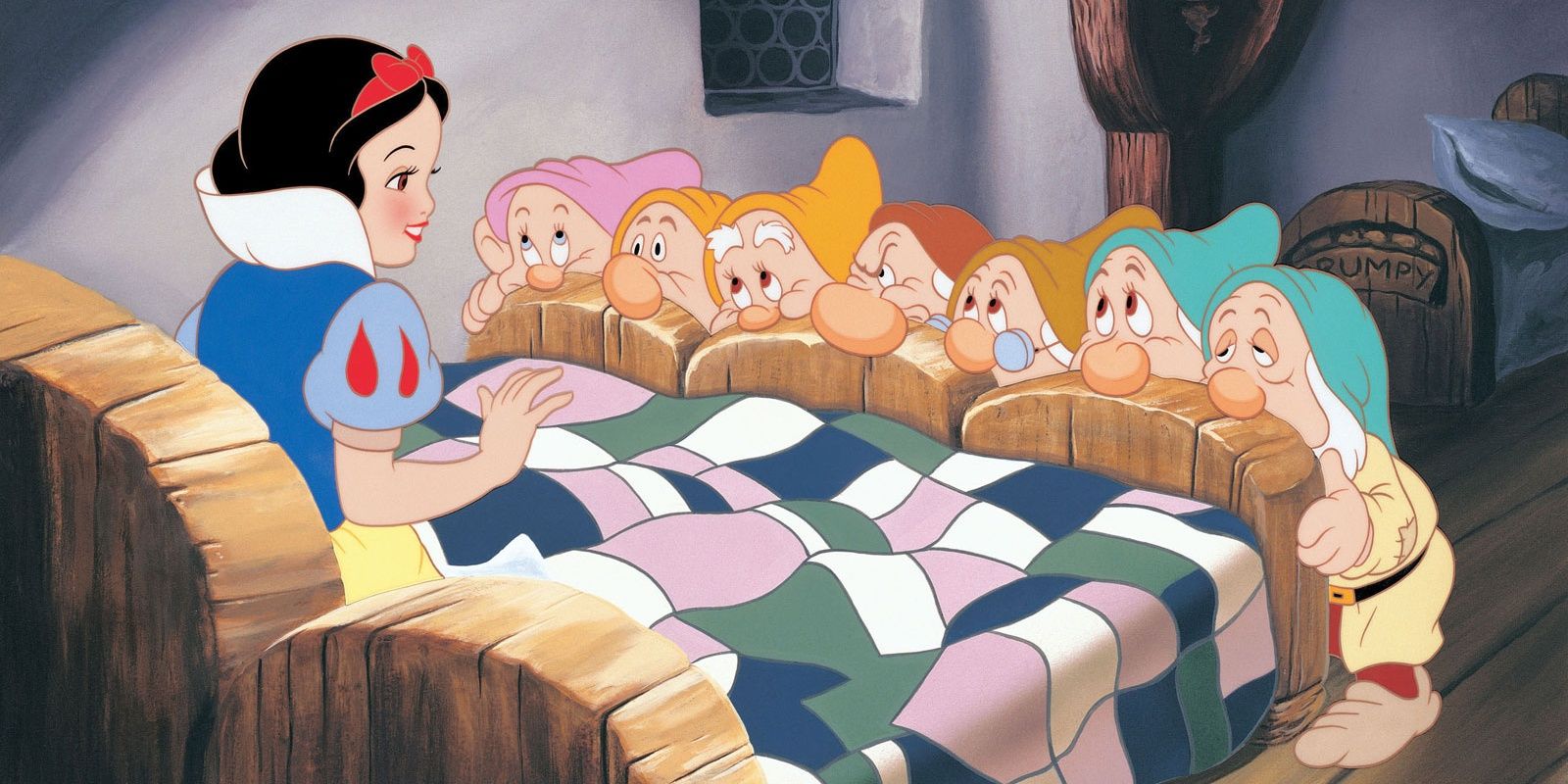
Long before Woody and Buzz blew audiences away in Toy Story, Disney paved the road for the full-length animated movie with 1937's Snow White and the Seven Dwarfs. Before Snow White, animation was used to create shorts that ran before the main feature, but with Disney's creation of an 83-minute feature, the doors for animated movies were blown open.
At the time, many in the industry believed that Walt Disney was mad for putting all of that time and money into a full-length animated feature. If Snow White had failed at the box office, Walt Disney's company would have been ruined - Walt had even put a mortgage on his home to help finance the venture. Luckily for Disney, Snow White was a massive hit, leading to the company becoming the titan of entertainment that it is today.
2 Out of the Inkwell Created Motion Capturing
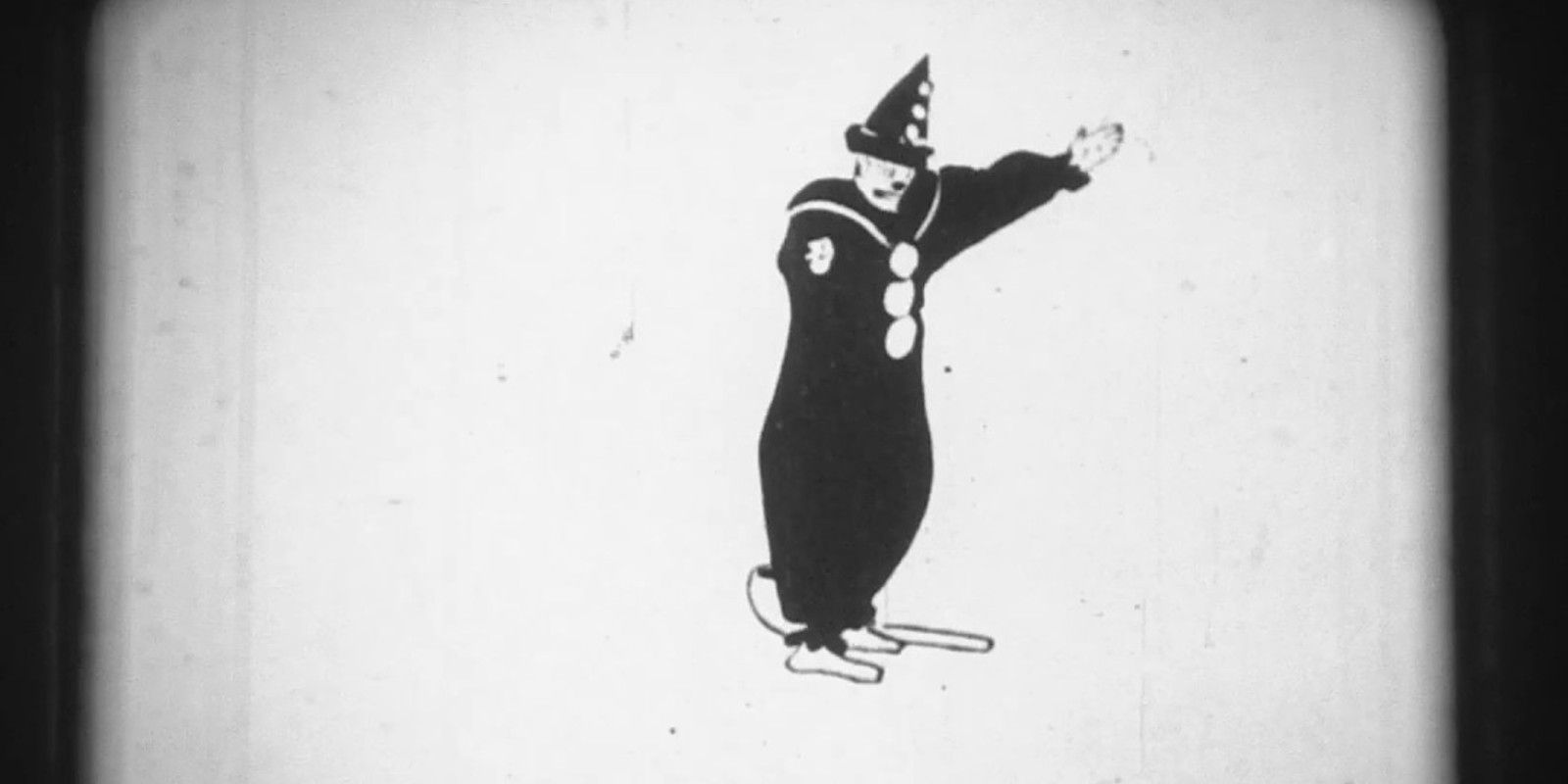
What started out as three experimental shorts created by Max Fleischer to test out his new invention, Out of the Inkwell was the birth of rotoscoping, a method of animation where the artists drew over filmed actors to create realistic movements.
Essentially, the rotoscope method was the first version of what is known as motion capture today, but, where it is done with computers now, in 1914, the effect was created by artists who spent countless hours slumped over their specially designed drawing boards creating each frame by hand. Rotoscoping would go on to be used not only for Out of the Inkwell but also by Walt Dinsey and his team in the creation of Snow White and the Seven Dwarfs.
1 Fantasmagorie Started It All
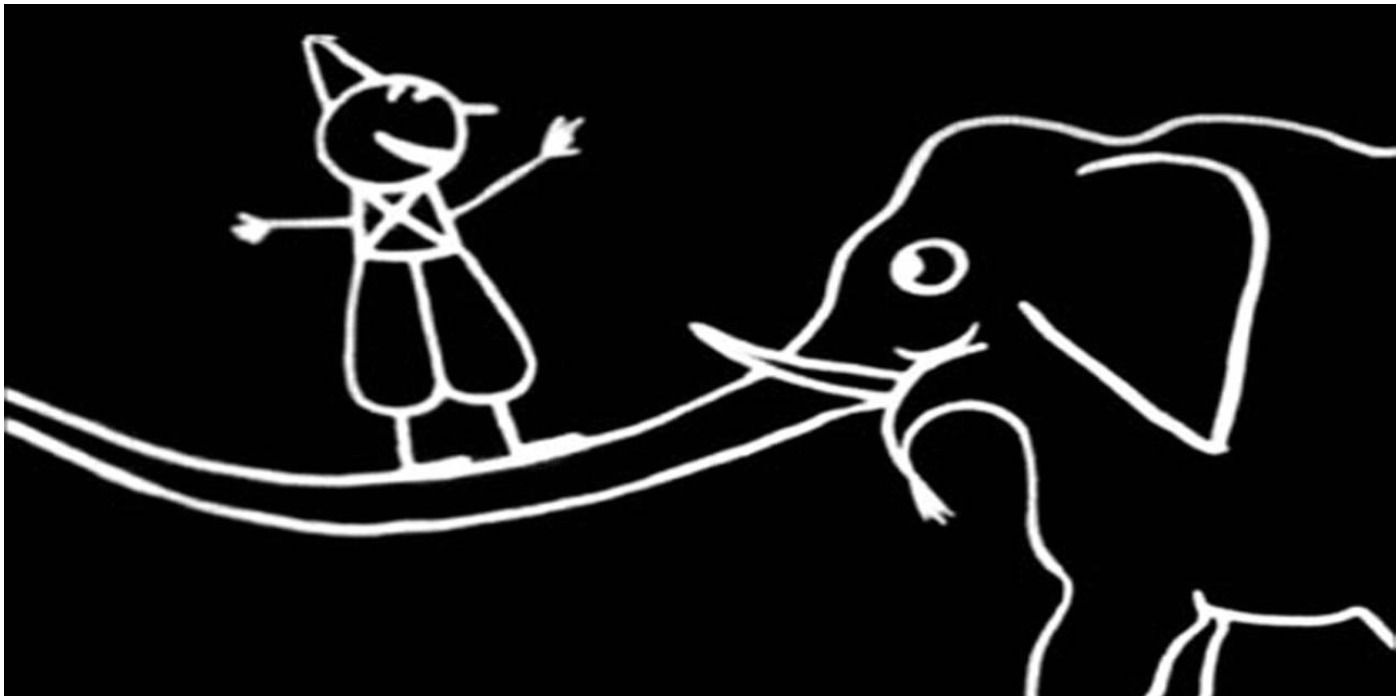
Every art form starts somewhere, and while no one can say who wrote the first short story or drew the first picture, it is known that it was Émile Cohl who created the first animated short in 1908 with Fantasmagorie.
Chol's short, which runs just one minute and twenty seconds, followed a stick man as he came across a number of objects that would morph into different things. Colh created Fantasmagorie by drawing each frame on paper and then capturing it onto color negative film, which is what makes the short look like it was created on a blackboard. With Fantasmagorie, the world of animation was born.
0 Comments